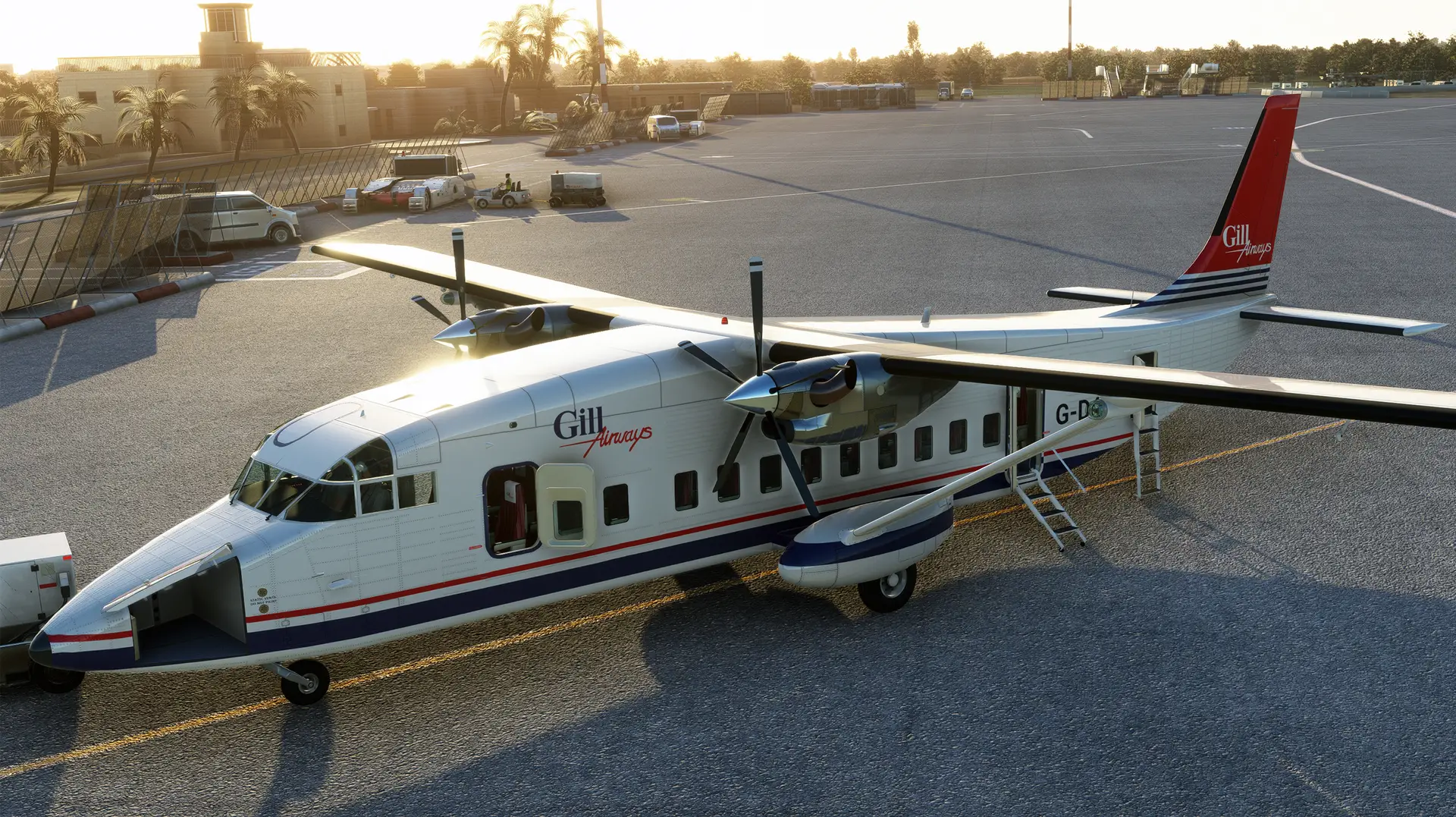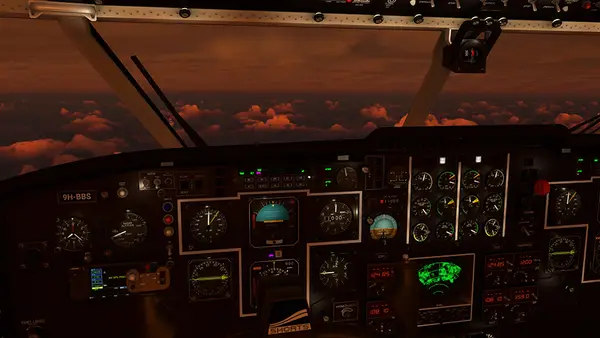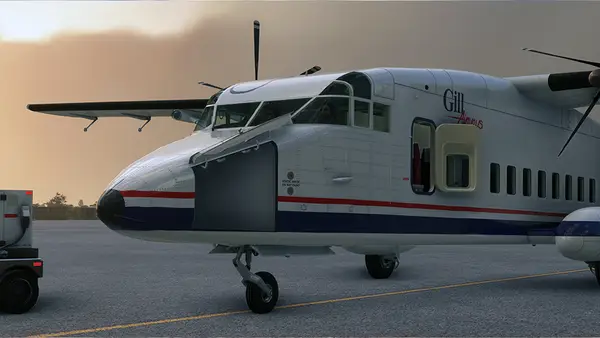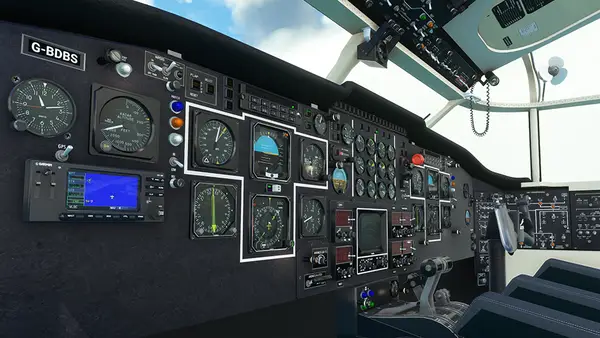- USD 19.99
- -50%
- USD 19.99
- USD 9.99
- Sale Ends: January 7 2026 6:00 PM +00:00
- View more offers at FS Addon Compare
- Added: December 7, 2023
- Updated: December 26, 2025
GENERAL The Shorts SD3-30/60 is a twin-engine, unpressurised, turboprop land plane having a strut braced/cantilevered high wing monoplane configuration and a retractable tricycle landing gear. Power is provided by two Pratt and Whitney turboprop engines, each driving a Hartzell five-bladed propeller whose pitch is hydraulically controlled.
AVIONICS The Avionics consist of a custom-built Collins FC65 Flight director and Autopilot system, a fully customised Garmin AS400 GPS System, a complete set of Collins ‘Pro Line II’ Comm/Nav/Pulse digital radios with user programmable 6 channel memory features and 2 different, working weather radar systems from both Collins and Bendix.
SYSTEMS Electrical system includes many accurate circuits and systems, all connected via the relevant circuit breakers (numbering in the hundreds!) triple batteries and dual generators. The Aircraft also has full cockpit lighting, including over 130 bulbs on individually controlled circuits and with adjustable rheostat control on most.
LIGHTING Externally there is also a full complement of lighting including animated rotating beacons, navigation lights, landing lights, taxi lights, strobe lights (where fitted) and even an ice inspection light of course all wired up to the corresponding circuits, buses and breakers.
EXTERIOR The exterior models are faithfully built from actual Shorts Brothers blueprints and all with a full complement of working doors and exits including the Sherpa and C23 tail ramps. Normal doors,inwards opening para-troop doors, cargo doors, baggage and emergency doors, also internal cockpit doors. Fully working windshield wipers, that actually wipe the rain from the screen! Full manual and tutorial flight. These give you a full and in-depth explanation of how every system works and the tutorial takes you step by step through a realistic commercial flight from Blackpool to her home in Belfast.
The BlackBox Simulation Shorts Regional Sherpa Package contains the following aircraft variants.
Shorts SD3-30 SHERPA Mil/Cargo Shorts SD3-30 UTT Military/Cargo Shorts C23A Military Transport Shorts C23B Military Transport Shorts C23C Military Transport















